It's impossible to overstate Brent Mason's impact on country and, arguably, even rock guitar. Over the course of his more-than-35-year career, Mason has perfected a tone that's inspired an untold number of players, and there's even a Tele mod that bears his name. He's also a highly respected and successful producer and solo artist, a member of the Musicians Hall of Fame, has won the Academy of Country Music's Guitarist of the Year award 12 times, and there's a Grammy on his mantle.
Mason's live gear—which he showed us before his recent gig at Nashville's 3rd & Lindsley—is simple and cool as hell, but it's not his guitars or amps that've made him a hero. It's his imagination, virtuosic chops, and pure musicality.
[Brought to you by D'Addario XS Strings: https://www.daddario.com/XSRR]
Honky Tonk Excalibur
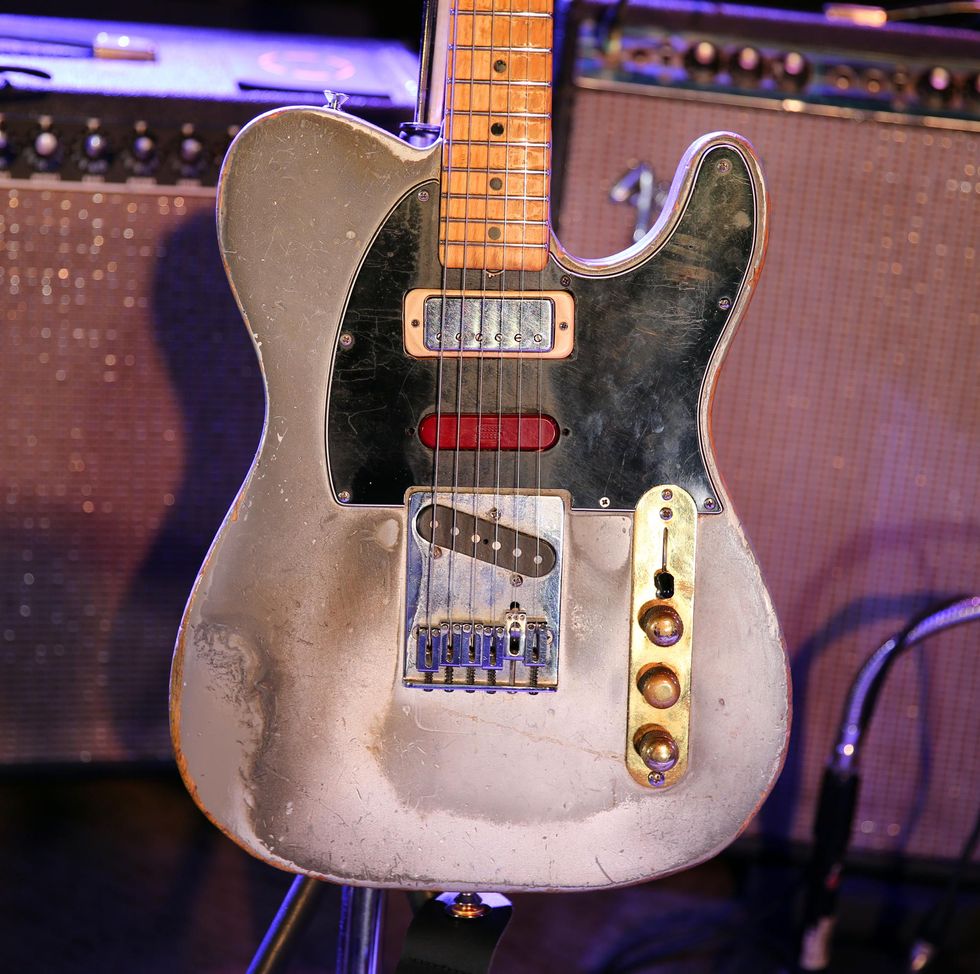
Mason's battered and highly modified 1967 Telecaster has probably been on more hit country songs than any other guitar. The car-paint re-fin happened before he got it, but most of his mods were done by top Nashville luthier Joe Glaser. His pickups are a neck Seymour Duncan humbucker, a Duncan single-coil in the middle (for the famed Brent Mason pickup mod), and another Duncan single-coil in the bridge.
Top of the Whirl
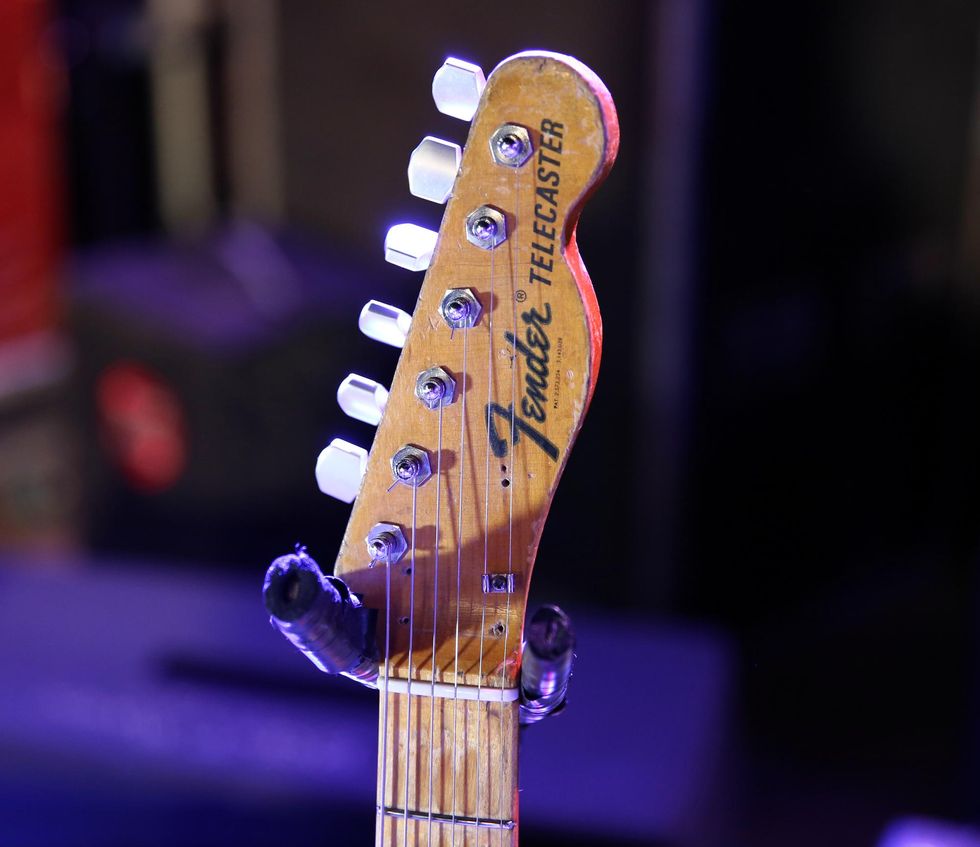
The headstock on Mason's well-traveled Tele shows its years, and plenty of character accumulated over its storied history. His old paint features locking tuners and a Glaser B-bender.
Not Yer Average Tele
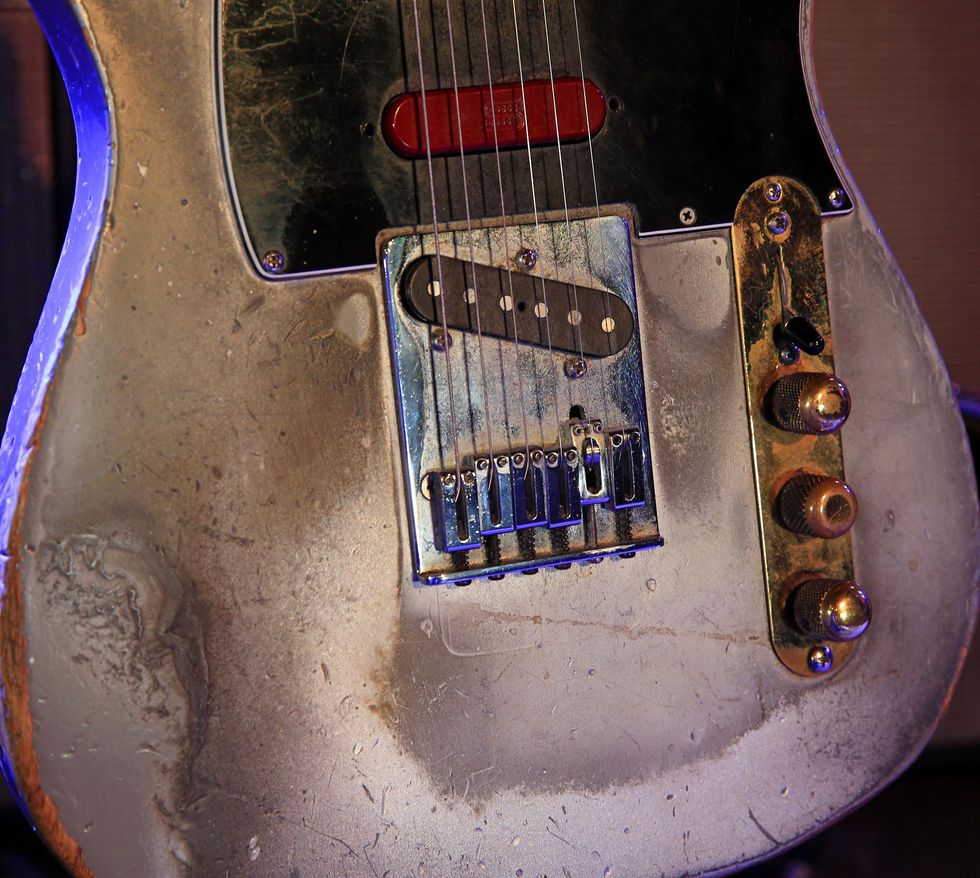
Here's a close-up of that extra pickup. Note the additional speed dial, too. The bridge and neck pickups are controlled by a standard 3-way switch, with a master volume and tone. The middle pickup has its own individual volume control that lets Mason feather in as much or little as he wants, to combine its output with one or both of the other pickups.
Meet the Mason Model
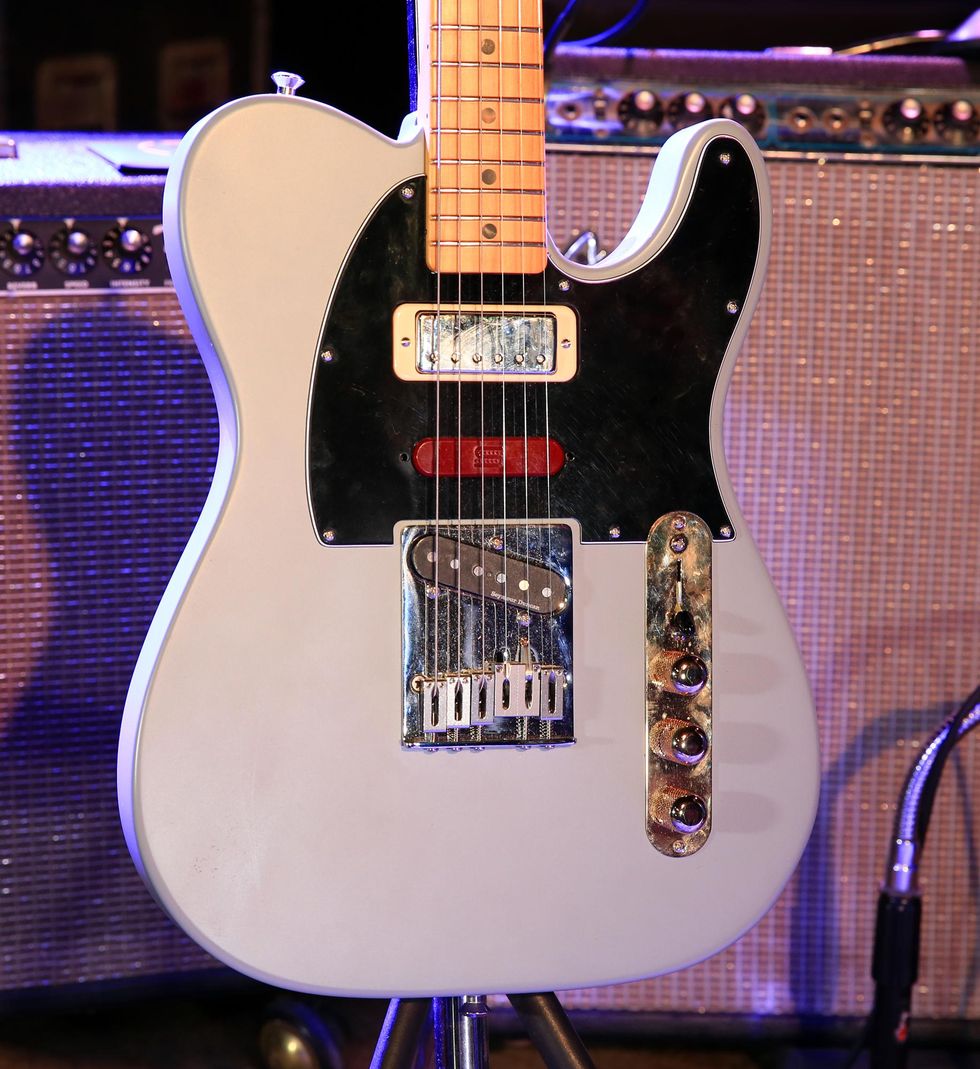
The only other guitar Brent brought to this gig was his new Fender Brent Mason Signature Telecaster. This alder-bodied Tele has basically the same ingredients of his original, but with a lot less wear and tear.
Bend It Like Brent
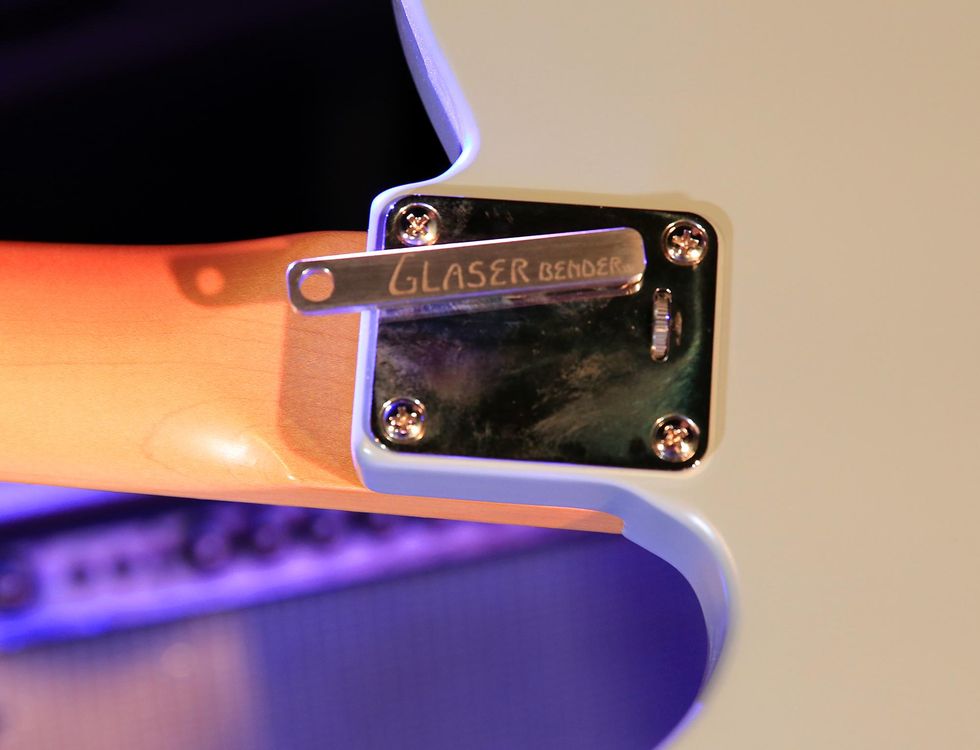
Here's a close-up of the arm of the Glaser B-bender. It has no screws, no slack, no wobble … but it does have a thumbscrew to fine-tune its destination pitch.
Perfect Strangers Side by Side
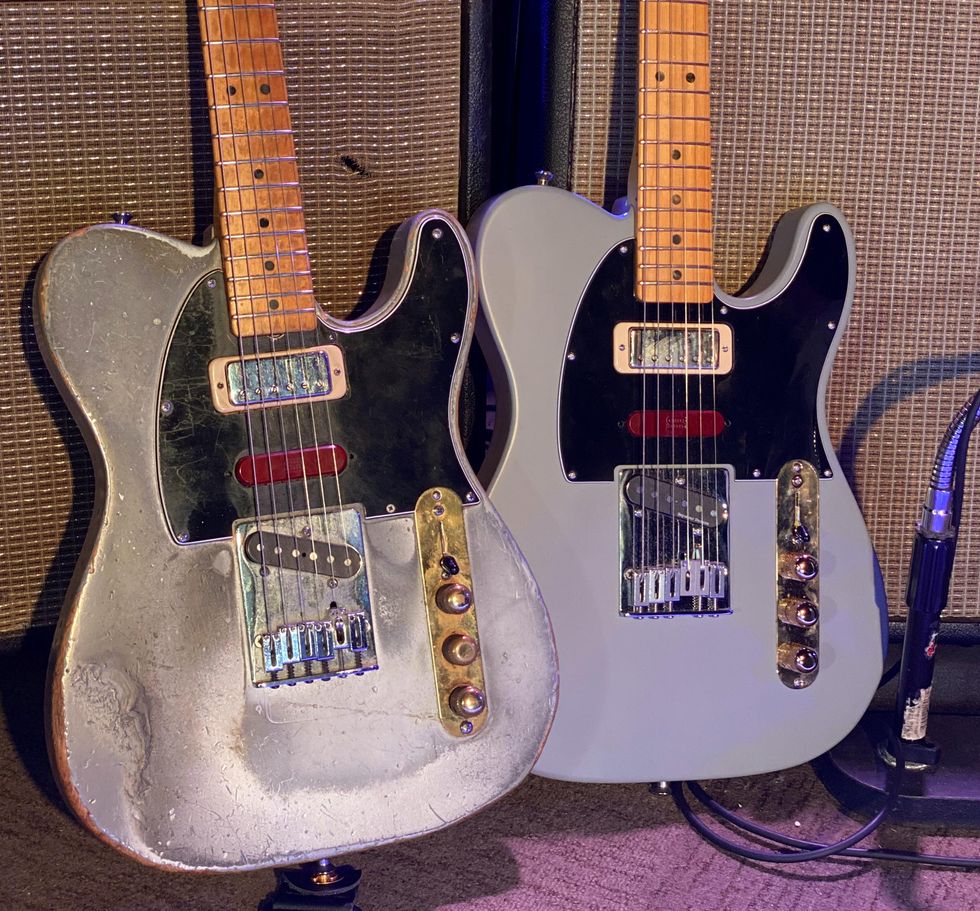
Here's the sensei and its student in a side-by-side comparison.
Four-Way Heat
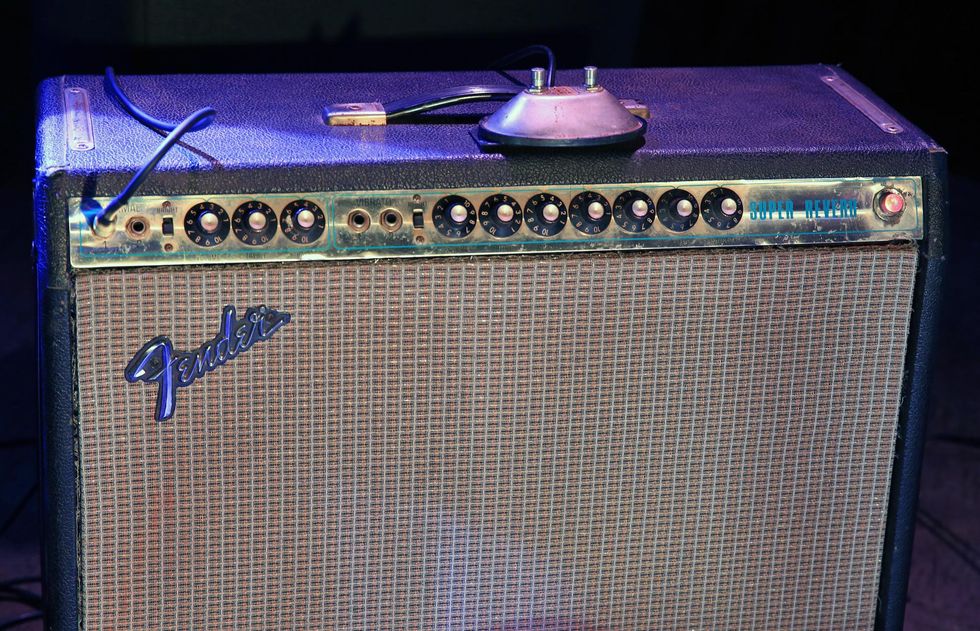
Mason was switching between his 1964 Fender Twin Reverb and this early '70s Fender Super Reverb modded by Jeff Himes. The Super, with Mason's signal running into its no-frills Normal channel, did most of the heavy lifting on this gig.
Chairman of the Board

Mason's never been a big effects player, but his live pedalboard covers a lot of essential territory. It holds a Boss GE-7 Equalizer, a Wampler Ego Compressor, a Wampler Euphoria overdrive, an Xotic BB Preamp, Wampler's Hot Wired V2 distortion/overdrive, a Dunlop volume pedal with a Boss TU-2 Chromatic Tuner connected to its tuner out, a Fender Tre-Verb tremolo/reverb, a Fender Compugilist compressor/distortion, an Electro-Harmonix Memory Man 1100-TT, and a Live Wire ABY Box. It's all powered by a Truetone 1 Spot Pro CS12 with a Dunlop DC Brick for backup.
![Rig Rundown: Brent Mason [2021]](https://www.premierguitar.com/media-library/rig-rundown-brent-mason-2021.jpg?id=27278334&width=1200&height=675)

![Rig Rundown: Russian Circles’ Mike Sullivan [2025]](https://www.premierguitar.com/media-library/youtube.jpg?id=62303631&width=1245&height=700&quality=70&coordinates=0%2C0%2C0%2C0)




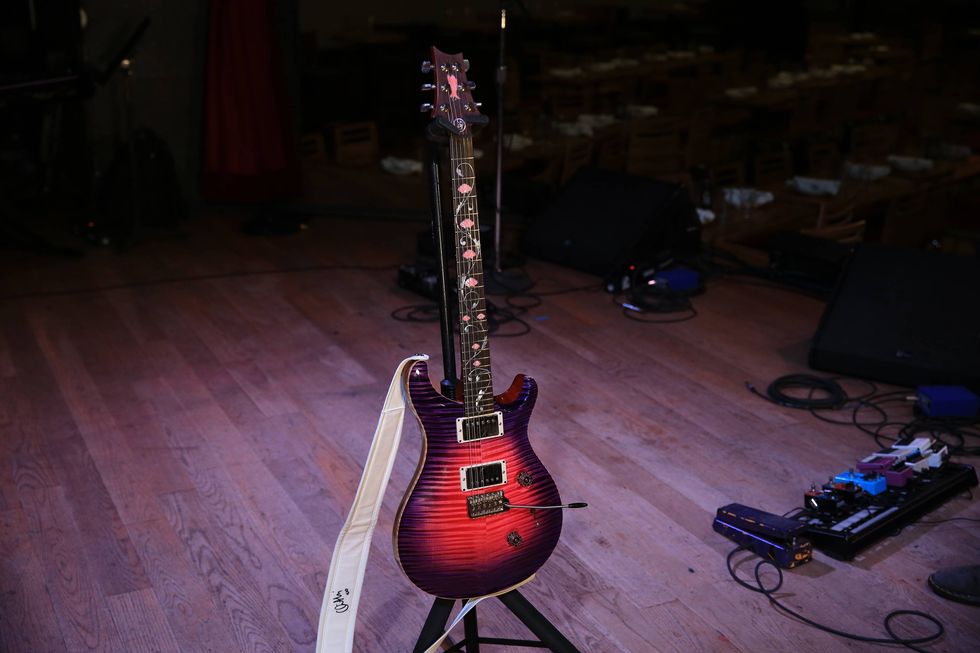
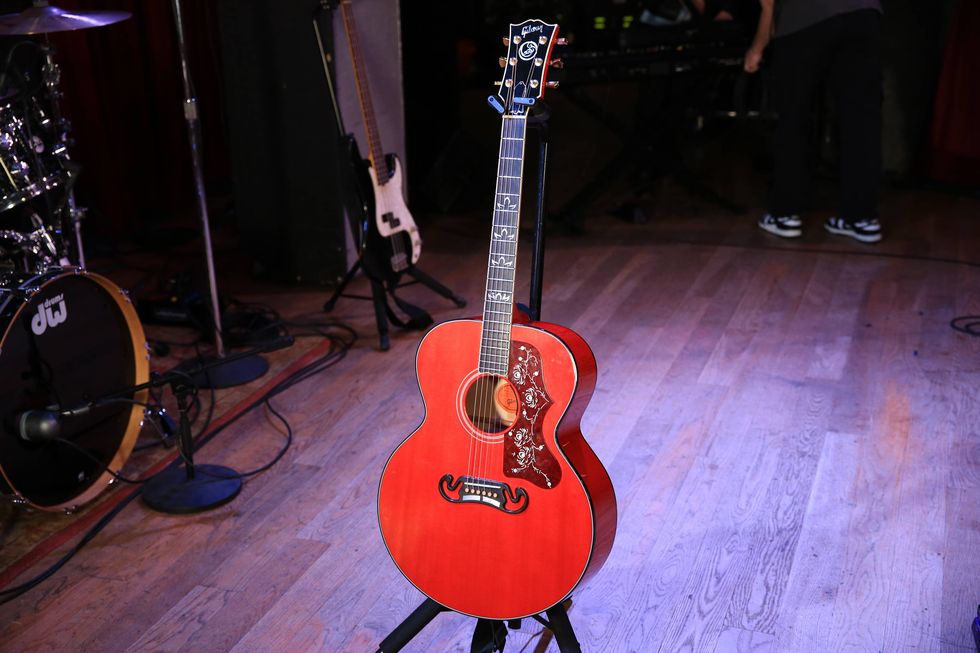
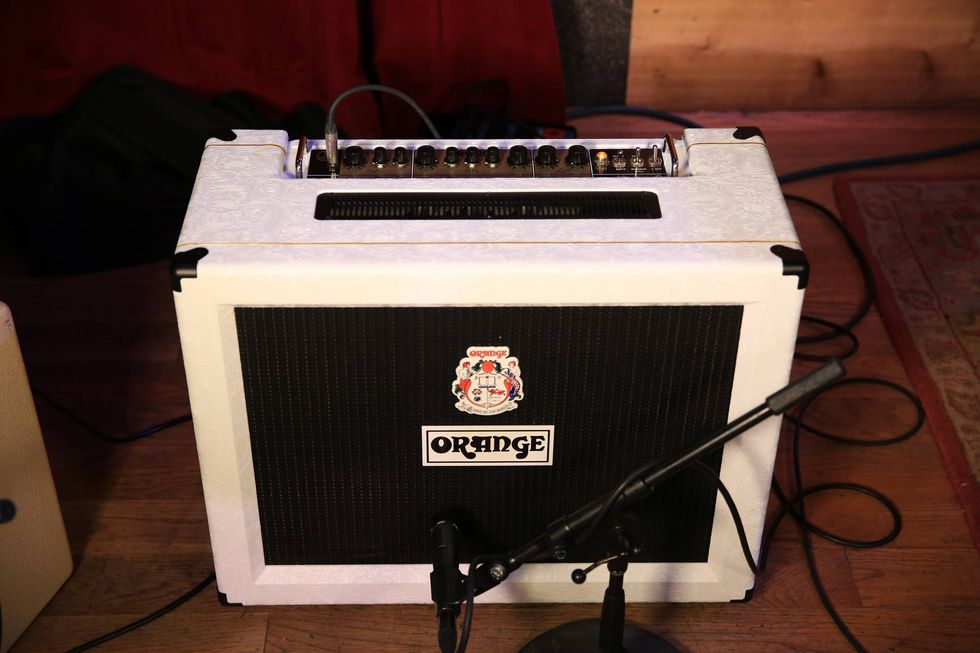
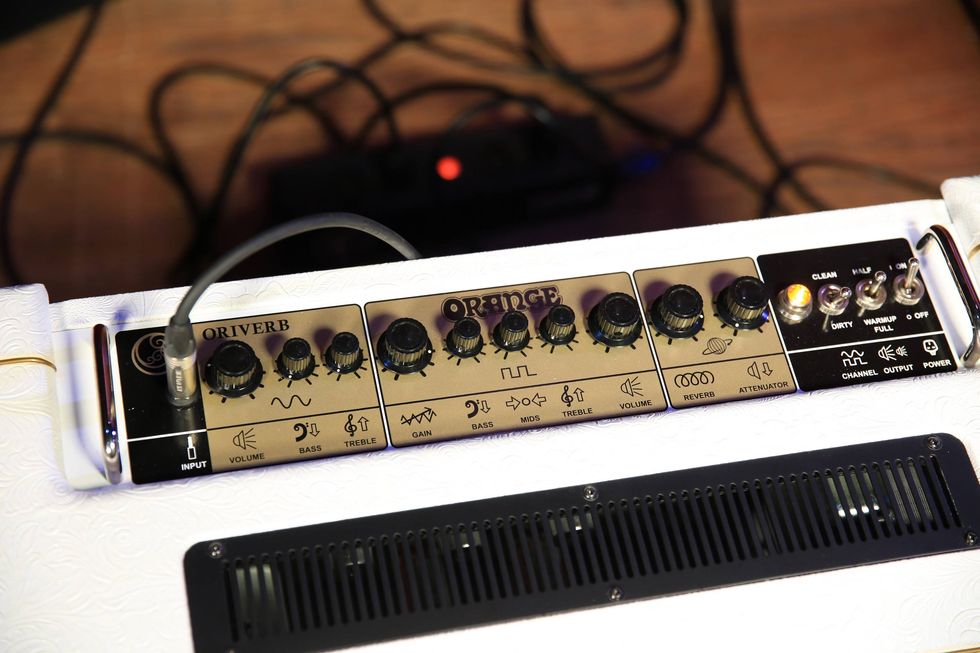
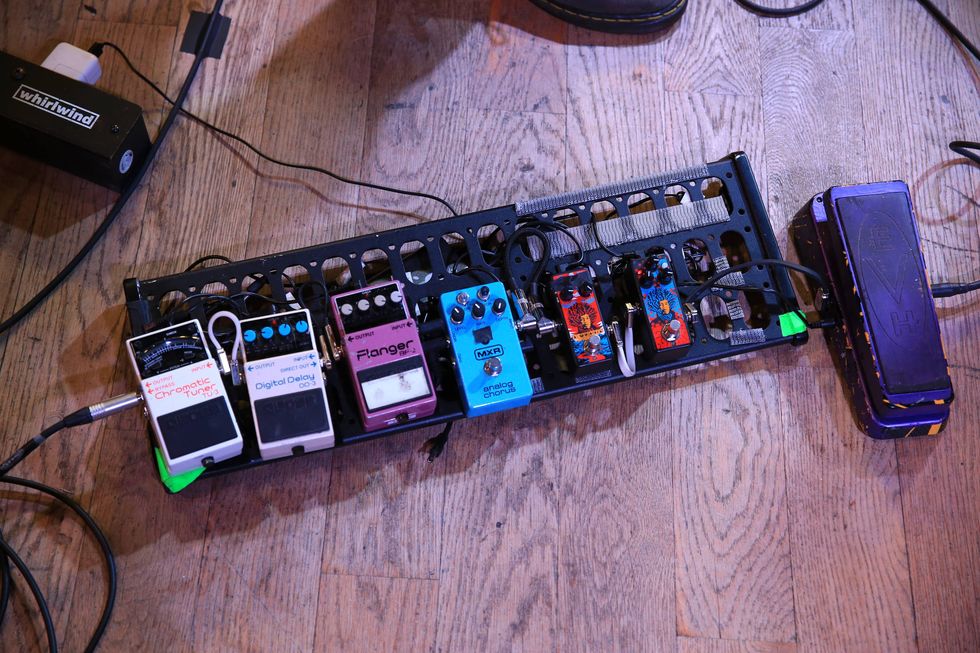







![Rig Rundown: AFI [2025]](https://www.premierguitar.com/media-library/youtube.jpg?id=62064741&width=1245&height=700&quality=70&coordinates=0%2C0%2C0%2C0)












 Shop Scott's Rig
Shop Scott's Rig







 Zach loves his Sovtek Mig 60 head, which he plays through a cab he built himself at a pipe-organ shop in Denver. Every glue joint is lined with thin leather for maximum air tightness, and it’s stocked with Celestion G12M Greenback speakers.
Zach loves his Sovtek Mig 60 head, which he plays through a cab he built himself at a pipe-organ shop in Denver. Every glue joint is lined with thin leather for maximum air tightness, and it’s stocked with Celestion G12M Greenback speakers.

















![Devon Eisenbarger [Katy Perry] Rig Rundown](https://www.premierguitar.com/media-library/youtube.jpg?id=61774583&width=1245&height=700&quality=70&coordinates=0%2C0%2C0%2C0)






